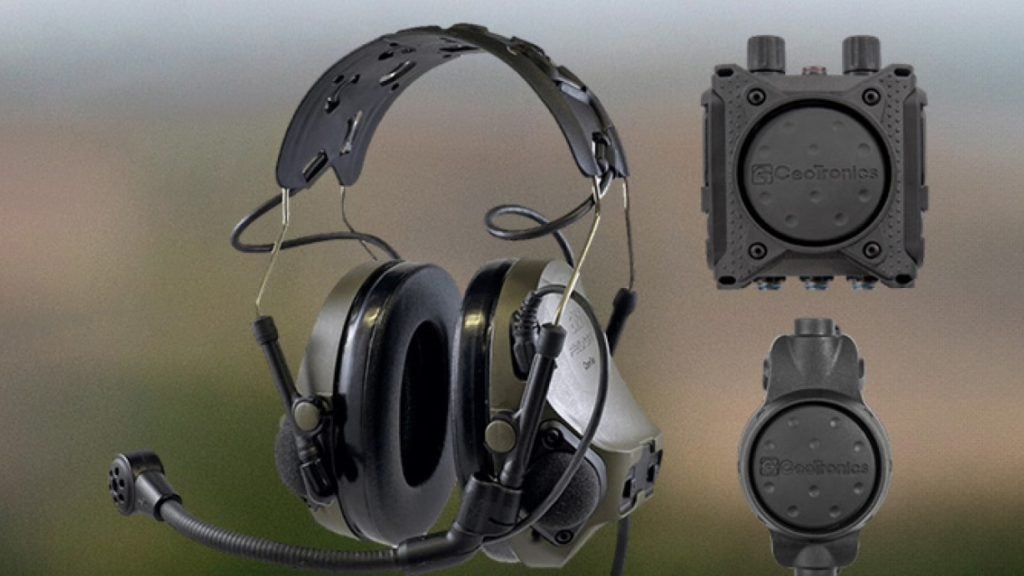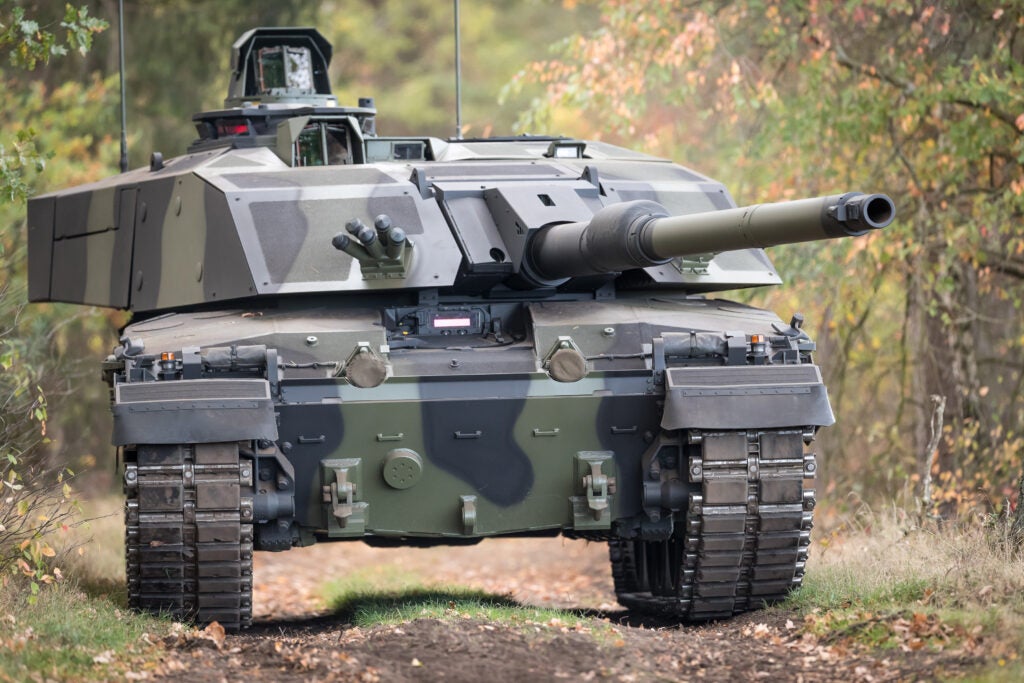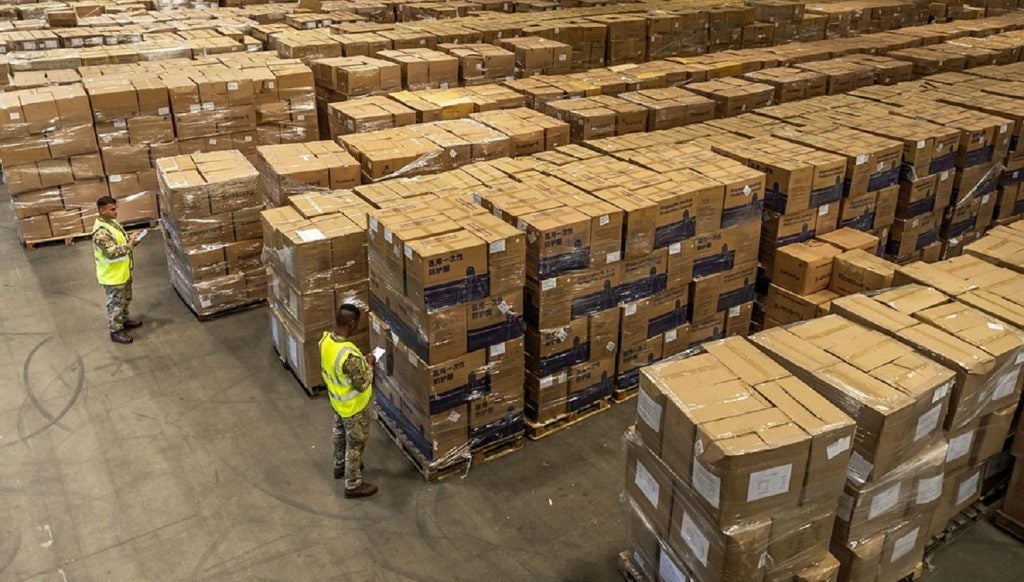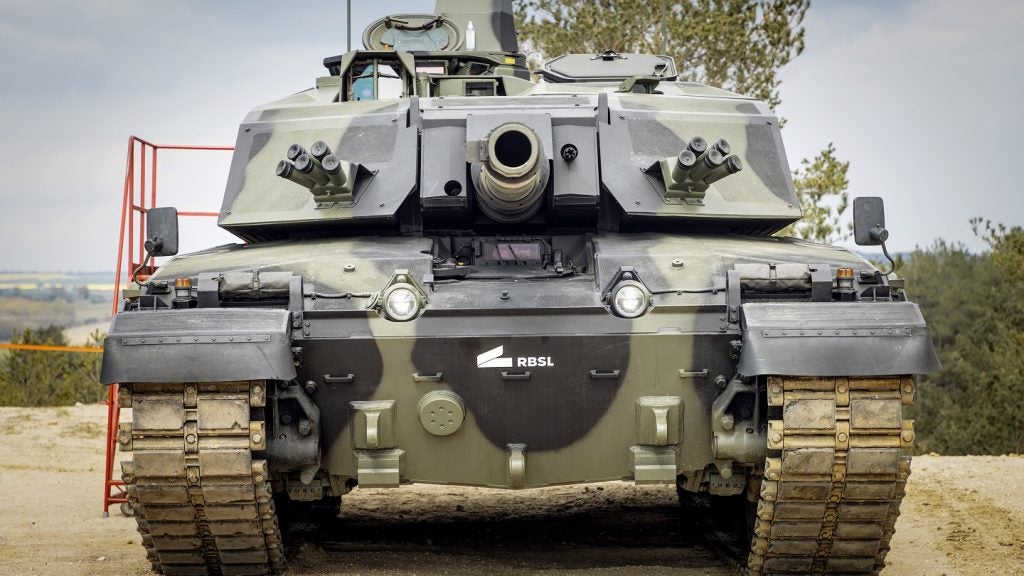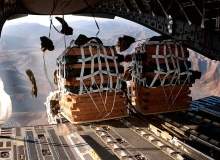
Colonel John Ferrari, Nato Training Mission Afghanistan’s deputy programmes commander, has described logistics as "probably the most complicated thing an army does."
With forces now increasingly dependent on technology as much as traditional munitions and materiel, it is clearly not destined to become any simpler, especially in the light of recent critical reports from the US Government Accountability Office and the UK Public Accounts Select Committee.
Sustainment challenge
"In my opinion, the main logistics challenge faced by the US Army is an equipment density to force structure mismatch," said Frank Sturek, Deputy Director, Ground Vehicle Reconstitution Programs at Northrop Grumman Technical Services.
"As the army and marines begin to reduce in size, they have a surplus of vehicles and equipment that are not in line with their current or projected force structure. Additionally, some of the equipment density – radios, night vision goggles, weapon sights – is outdated as the result of industry’s continued technological advances."
Taking new equipment onto the inventory without divesting obsolete equipment that is no longer used doubles-up the need for maintenance and sustainment support, and that, he said, accounts for a significant amount of the cost.
See Also:
"By shrinking the number of personnel in the armed forces, the amount of operational dollars available to maintain equipment also reduces. Operations and maintenance funding is directly tied to force structure. In a sense, you have more vehicles than you did several years ago and less money to fix them in the base budget."
How well do you really know your competitors?
Access the most comprehensive Company Profiles on the market, powered by GlobalData. Save hours of research. Gain competitive edge.

Thank you!
Your download email will arrive shortly
Not ready to buy yet? Download a free sample
We are confident about the unique quality of our Company Profiles. However, we want you to make the most beneficial decision for your business, so we offer a free sample that you can download by submitting the below form
By GlobalDataThe importance of contractors
While that gap has, it seems, been met through the supplemental funding of wars in Iraq and Afghanistan, it is an issue that is set to become ever more apparent as defence spending dwindles.
Although the majority of equipment, especially vehicles, radio communications and electronics, is new and thus less difficult to maintain, older assets that remains in operation still require sustainment.
This had led to the military focussing on in-theatre equipment and on training complexes, while, as Sturek put it, "taking a risk on the other parts" and with the logistics force structure typically being hit proportionally harder as personnel numbers are reduced, increased reliance on contractors has followed.
Their role now goes beyond simply filling that void, leaving them responsible for supplying quality service in an organised, timely and cost-effective manner, in both peacetime and most recently, in war.
"You certainly have a lot more forward deployed contractors doing logistics support. The ratio of contractors to soldiers on the battlefield in the current denial and sustainment environment is much greater than in the high-intensity war environments of the past," Sturek said.
"Because the Army is so focused on supporting the warfighter in a forward deployed environment and ensuring that all equipment is highly operational, it’s quicker to rely on contracted logistics support than growing that capability by identifying and training a soldier who has no background in sustainment and logistics to provide that need."
Army business
The UK Public Accounts Select Committee report, ‘The use of information to manage the defence logistics supply chain’, echoes this point. "Performance management centres of the supply chain are often staffed by non-specialist personnel who do not always have the necessary logistics or data analysis skills. As staff are assigned on two-year postings, by the time they are competent in the role they move on."
Such specialist logistical knowledge is critical in a military context, since many aspects of supply chain management which are standard throughout the industry, such as the ‘just-in-time’ model, are simply unsupportable on the front line.
As one member of the Royal Logistics Corps not long returned from Helmand put it: "A day late in a factory is an inconvenience, an hour late out there, and people can die."
Clearly, in the words of US Army Materiel Command’s General Anne E. Dunwoody: "It is not a matter of turning the Army into a business, but one of understanding the business of the Army."
With the pace of operations frequently unpredictable, the pressure on military supply chains is often subject to significant fluctuation, and in addition, unlike civilian industries, it has to run in two directions simultaneously, returning personnel and equipment for rest, replacement and repair as well.
Resetting this equipment once it returns and ensuring that ground forces are adequately prepared for future potential deployments, while supporting ongoing missions is, Sturek said, probably the biggest challenge for logistics support.
One possible solution, he suggests, is "a more open dialogue between industry and the government about what is in the art of the possible and techniques that prove mutually beneficial."
He also notes a growing trend towards upgrading instead of relying on new vehicle and equipment procurement, predicting that a lot more incremental modernisation will be seen in future.
Facing the future
So where will that leave army logistics in five or ten years time? For Sturek, it will follow the technology, bringing improved efficiency and, he hopes, affordability as innovative systems oust older processes.
The question of sustainment support, particularly for the excess stockpile of retained vehicles and equipment this may generate, may nevertheless remain a thorny one.
The big challenge here could be determining what will be maintained amid budgetary restrictions and – just as importantly – who will sustain it. "People are expensive," he said.
"A decision will have to be made where the maintenance, supply and transportation on the battlefield is done by uniformed personnel. Likewise, the work accomplished on large military instalments will become a truly contracted function."
With the need for a specialist career path for logisticians within the UK Ministry of Defence to allow the retention and reward of key skills one of the main recommendations of the Select Committee’s report, striking the right balance between military and contractors may prove critical in the long run.
"I see a defined role for contracted logistics support," Sturek added, "while the ground forces attempt to figure out their capabilities. With that in mind, however, you don’t want young soldiers growing up and becoming leaders not knowing how to maintain their equipment. You’re not going to be at a perpetual state of war all the time, so that capability must be established."
As the saying goes, si vis pacem, para bellum – if you wish for peace, you should prepare for war.


